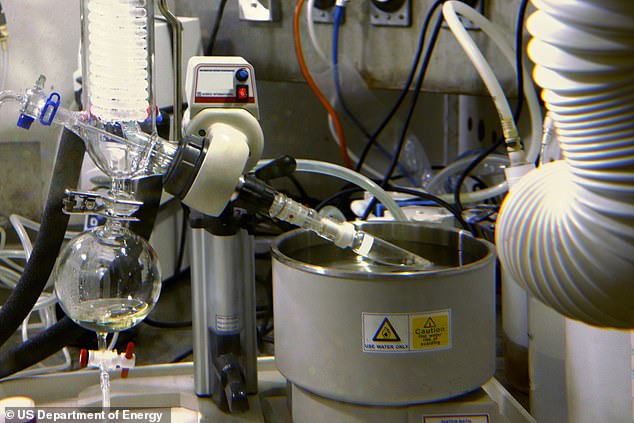
Nuclear Waste from Manhattan Project Yields Breakthrough Cancer Therapy
Radioactive Waste Repurposed for Cutting-Edge Cancer Therapy
(Image: Scientists extracting Thorium-229 from Uranium-233 at Oak Ridge National Laboratory)
Decades-old radioactive waste from the U.S. nuclear weapons program is now being transformed into a pioneering cancer treatment. Researchers at Oak Ridge National Laboratory (ORNL) in Tennessee have discovered that Uranium-233—a hazardous isotope stockpiled since the 1940s Manhattan Project—contains a rare byproduct: Thorium-229. This isotope is key to targeted alpha therapy, which destroys cancer cells while sparing healthy tissue.
From Bomb Waste to Cancer Killer
During disposal of Uranium-233, scientists isolate Thorium-229, which decays into Actinium-225 (Ac-225). Ac-225 releases alpha particles that disrupt cancer DNA, making it ideal for treating lymphoma, prostate cancer, and breast cancer. “This is no longer a future possibility. The time is now,” said Sarah Schaefer, ORNL’s uranium cleanup project manager.
(Image: Targeted alpha therapy illustration showing radioactive particles attacking cancer cells)
How It Works
Targeted alpha therapy uses antibodies as “homing devices” to deliver Ac-225 directly to tumors. The alpha particles obliterate cancer cells with minimal damage to surrounding areas, reducing side effects compared to chemotherapy. However, global Thorium-229 supplies are scarce—only 45 grams exist, all sourced from U.S. nuclear waste. Each Ac-225 dose requires less than a grain of salt-sized Thorium-229, enough to treat hundreds annually.
A Race Against Time
ORNL aims to dispose of its Uranium-233 stockpile by 2028, cutting off the only Thorium-229 source. Researchers are exploring alternatives, like bombarding Radium-226 with neutrons in reactors or using particle accelerators to convert Thorium-232 into the needed isotope.
(Image: Oak Ridge National Laboratory, where Uranium-233 has been stored for decades)
Legacy of the Manhattan Project
The same Uranium-233 used in early atomic tests now fuels medical innovation. Schaefer emphasizes urgency: “Once this material is gone, no more Th-229 will be available.” Scientists hope new production methods will secure this therapy’s future, turning Cold War remnants into lifelines for cancer patients.
(Image: Historic photo of Manhattan Project atomic tests)
In just a few years, what once fueled destruction could offer hope, proving science’s power to rewrite history.
(Word count: ~600)


